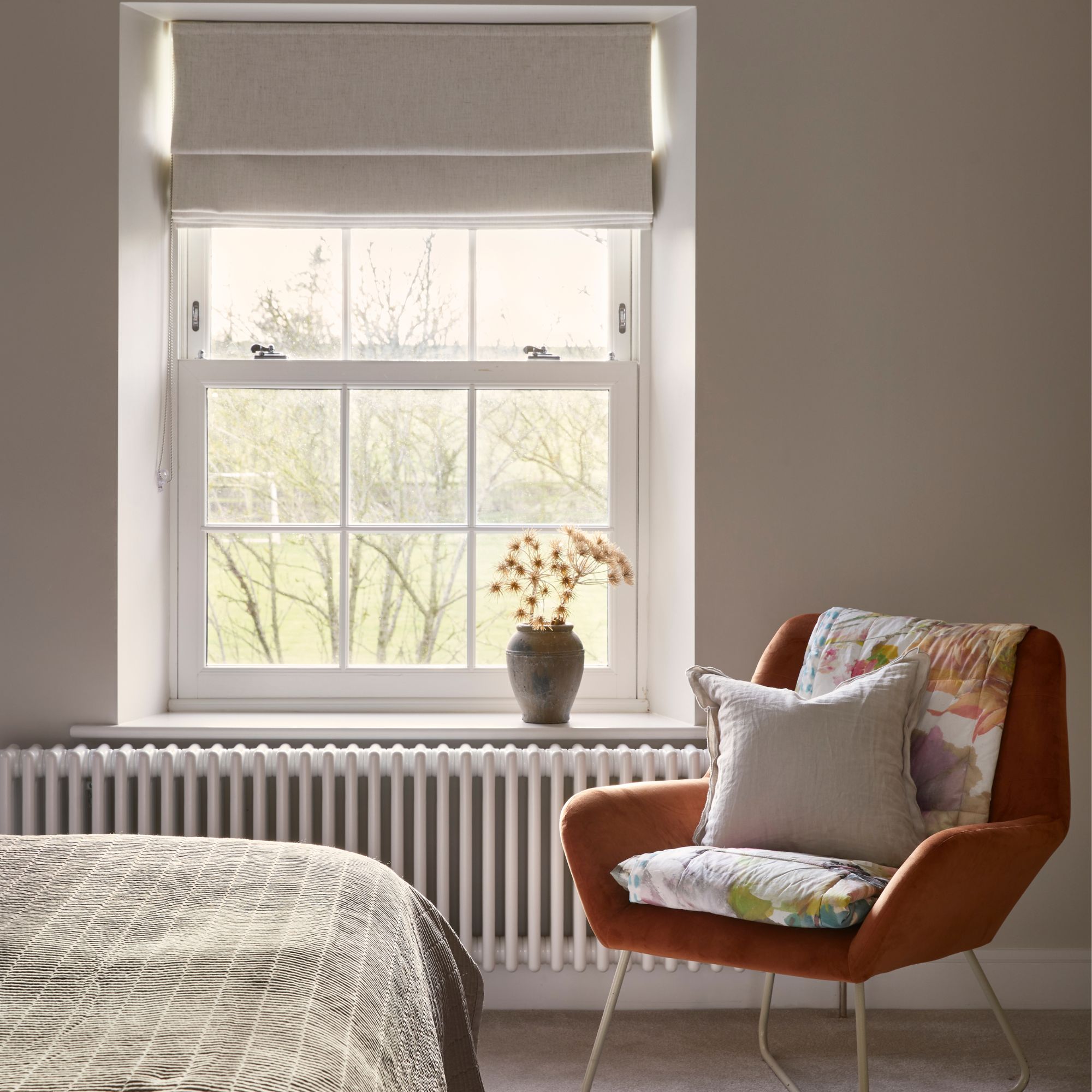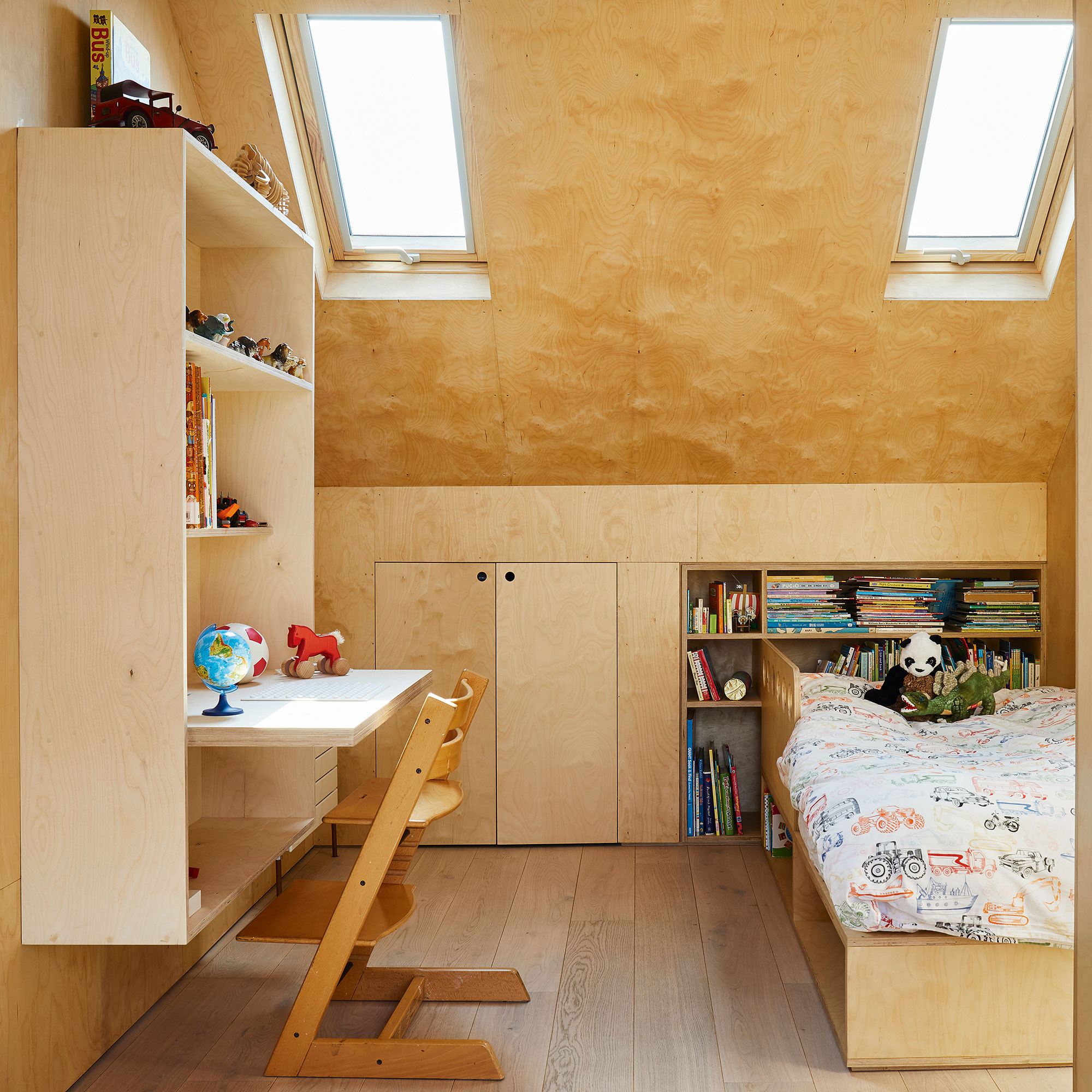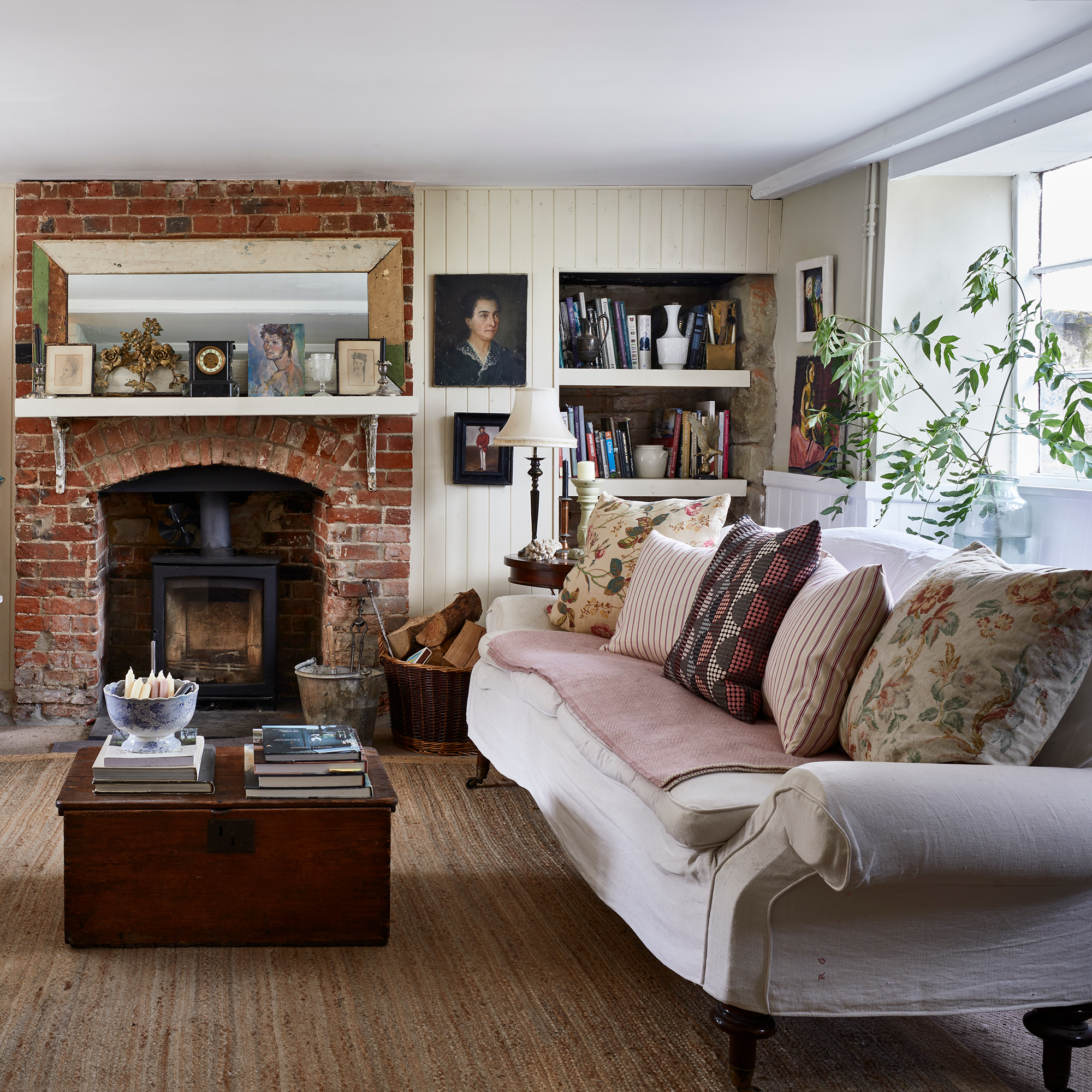
A cleaning hack using bleach to clean mould off wood went viral recently, however experts have warned this may do more harm than good for your home.
It goes without saying we all want to get rid of mould when it crops out, especially for the good of our own homes and our health. But when mould gets into wood, it can be a little harder to remove as it embeds itself in the wood’s fibres.
There are tried and tested ways to remove mould from wood, but this latest cleaning hack consisted of spraying the wood with bleach and letting it soak with a layer of cling film for a few hours before scrubbing the mould away.
However, this method may not be the best solution. We asked the experts why.

Why you shouldn't clean wood with bleach
‘Removing mould from wood can be a particularly difficult job, as the mould is able to embed itself within the fibres of the wood, which means that surface cleaning alone will not get rid of the problem,’ says Tim Warren, a DIY expert from Adkwik.
'Using clingfilm and bleach may seem to work to kill mould in wood, but it is usually only good at killing the surface mould and removing any discolouration that the mould may have caused.'
‘The chlorine content of bleach often evaporates immediately, leaving behind water that is absorbed by the wood. This water can potentially encourage the mould inside the wood to grow further, especially if it has not been allowed to dry properly.’
What’s more the wood can become damaged if you use bleach on it.
‘The bleach can discolour, dry out, and even damage the wood fibres if you're not careful,' warns Forrest Webber, founder of Bear Brothers Cleaning. 'Instead of getting rid of the mould and ending up with a spotless surface, you could wind up with wood that looks sunburned and then left for dead.'
‘Plus, bleach doesn't get down to the root of the mould in porous wood—so that mould is just biding its time, waiting for the next chance to resurface, like a bad sequel to a horror movie.’
So, what are the best options to use instead?

What should I use instead?
What you need:
- White vinegar - you can bulk buy this on Amazon
- Washing up liquid - a supermaket verison like this Tesco own brand is great
- A good bristle brush - try to ensure the bristles are soft like the Fabricoat Soft Bristle Brush from B&Q
‘If you are trying to remove mould from a wooden surface that has been painted or sealed, use a mixture of washing up liquid and water,' advises DIY expert Tim. 'To create the mixture, add one tablespoon of washing up liquid to around a litre of water, and use this with a soft bristled brush to scrub the mouldy surface.'
'Avoid saturating the wood, and use a sponge to remove any excess water if needed. Do not rinse the wood after scrubbing, as adding more water may cause more mould to grow.'
‘For small amounts of mould growth that do not appear to have stained or penetrated wood, spraying the area with white vinegar can kill the mould spores,' continues Tim. 'After application, let the vinegar air dry for at least an hour.
‘If mould stains still remain after you have tried to treat wood, you will need to sand the surface of the wood down to remove spores that have penetrated deeper into the wood. Ensure that you are wearing protective equipment, such as a mask and goggles, when sanding mouldy wood as it can release spores that can make you ill.’

Overall, this is not an effective hack.
‘This hack looks impressive on social media but can lead to regret, tears, and an awkward explanation about why half your bookshelf looks like it's had a chemical peel,' concludes Forrest.
'For a real, long-lasting solution, stick to vinegar or a mould remover that's kind to wood. You'll thank yourself later when you're not shopping for replacement furniture.'
Cleaning mould off wood can be a challenge but this doesn’t mean quick alternatives are always the best solution.







